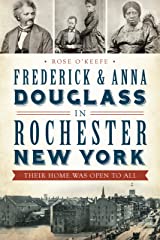Two Sides
Without showing the traumas directly, the 1971 Newbery Award winner, The Summer of the Swans by Betsy Byars showed what it was like to live in a broken family. A 14-year old white girl, her older sister and 10-year-old brother who can’t speak, live with their aunt in rural Western Virginia. How a poor family dealt with a child who now would be called autistic, was honest and I’m guessing, ahead of its time. The illustrations were beautiful.
The contrast between Slave Dancer, the 1974 Newbery Award winner by Paula Fox, and the 1956 winner, Carry On, Mr. Bowditch surprised me. I was moved and uplifted by the fact-based story of Nathan Bowditch, a white apprentice’s set in 1779, and his life at sea. Slave Dancer was a grim tale of a poor white boy from New Orleans hijacked to work on a slave ship in 1840. The horrors of the slave trade told through the eyes of this 13-year old, were brutal.
Speaking of hardships, most of the obits for Tina Turner, 81, told of her awful first marriage and her happier second marriage. But the article in “The Economist” (June 3) included that she had cleaned houses before making her comeback in 1984. She made a good life for herself in Europe and daily repeated a Buddhist mantra, Nam myoho rengekyo, without understanding the words but knowing they helped.
http://rokeefehistory.com/blog: #amreading; #TheBodyKeepstheScore; #BesselvanderKolk; #SummeroftheSwans; #BetsyByars; #NewberyAward; neurodivergence; #SlaveDancer; #PaulaFox; #CarryonMrBowditch; #maritime history; #slavetrade; #TinaTurner; #comeback;



